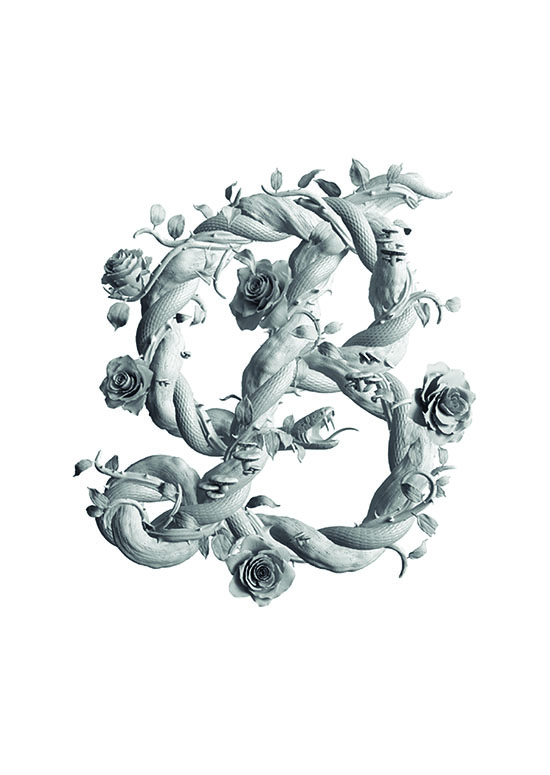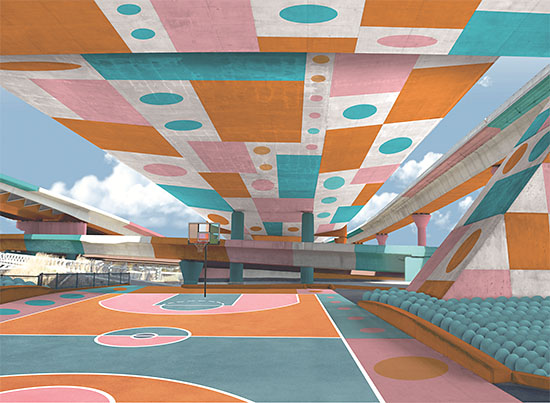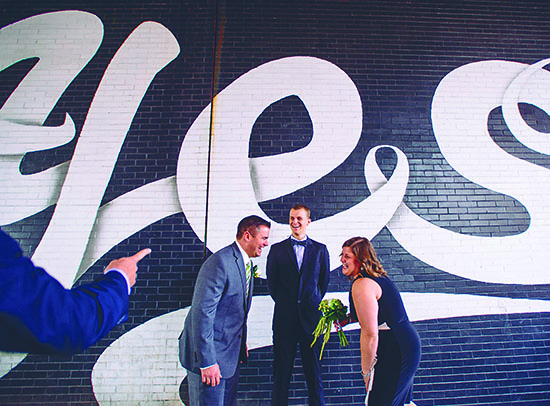Sagmeister & Walsh
Stefan Sagmeister and Jessica Walsh, authors of the book, Beauty, argue that we have, over the years, lost the importance we once placed on beauty.Instead, over the past 100 years, their argument goes, intellectual stimulation, efficiency and a certain modernist-style minimalism has been favored in the fields of art, design and architecture, to the detriment of beauty.
“We believe that beauty itself is function,” they say. “Without it, nothing ever really works well. As designers, we must never forget how important beauty is to our work, or we’ll be condemned to a world in which expediency is privileged and dull work predominates.”

Beauty as the height of aesthetic achievement has fallen out of favor. In the design world today, most respected practitioners claim not to be interested in it. Artists avoid it so as not to have their work labeled decorative or commercial. One can leaf through stacks of architecture books without seeing the term mentioned. At one time a universal aspiration, the pursuit of beauty came to a crash landing at the beginning of the twentieth century.
Since then, design schools have proselytized modernist principles, which privilege uniformity, the grid, rectangular compositions, and a preference for black, white, and beige. The approach to designing buildings, products, and graphics became purely analytical, the choice of materials entirely rational, the goal exclusively functional. Architects and designers often went to such extremes that they wound up designing everything with a psychotic sameness. Housing blocks built in the 1950s were dynamited decades later, unable to perform the single function for which they were created: providing human habitation.
This is not to say that Modernism doesn’t deserve some credit – its tenets changed the way we think about and live in the world. In the right hands, its clean lines and reduced compositions can be incredibly gorgeous. Over time, however, its limitations have only become more pronounced. The principles fail to communicate anything distinctly individual – personality, uniqueness, emotion – and often have a crushing and negative effect on contemporary imagination. The essence of the problem lies in the radical misconception that beauty is old-fashioned, somehow embarrassing, and simply not a respectable goal for today’s creatives.

Beauty can transform us. It can change how we feel, and it can change how we behave. It can influence our decisions on where to spend our holidays and where we invest our money, and it can impact our willingness to pay taxes. When a public place becomes noticeably neglected, littering and vandalism rise exponentially.
A neglected underpass located below the Brooklyn-Queens Expressway was regularly used as a late-night toilet by guys coming out of the neighborhood bars. It smelled bad. One of our clients wanted to do something about it and had a modest budget of $5,000 to spend on a solution. We had no intention of posting a large sign saying, “Dear guys, do not pee here,” but weren’t able to create something much more ambitious than painting the walls. Since the underpass is shared by cars, bikes, and pedestrians – all traveling through at different speeds – we needed to design something that could be read quickly by people passing by fast and slow.
So we painted a rather elaborate yes on one wall of the underpass, providing pedestrians with something to look at, and a simple graphic yes on the other, which would also be legible to passengers riding in cars.
Because of the large yes, newlyweds began using the underpass as a backdrop for wedding photos. With $5,000, we transformed a toilet into a wedding chapel.

